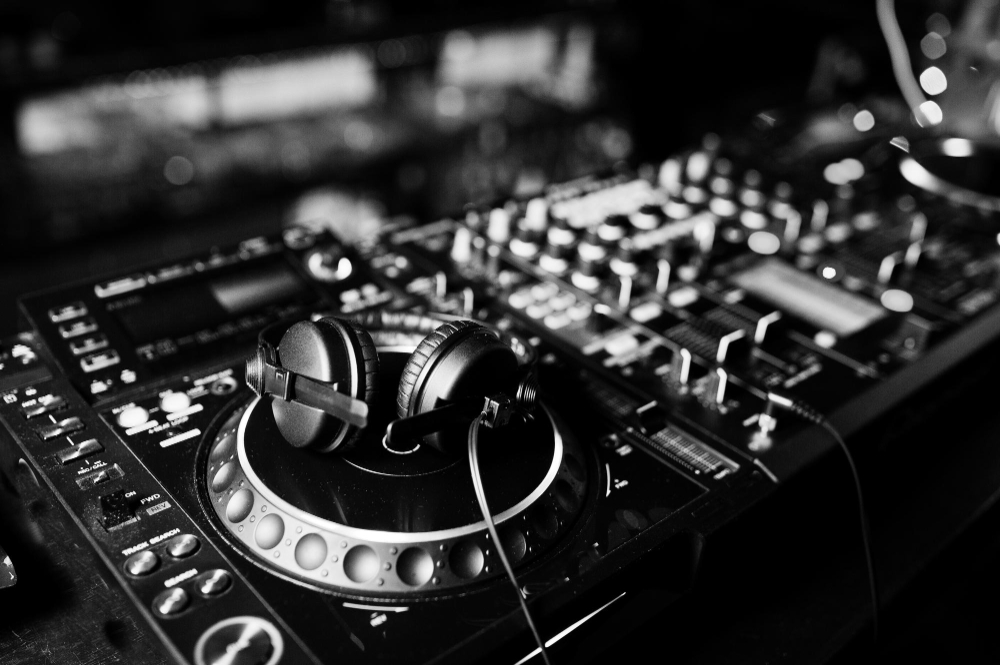
How DJs are Changing the Face of Indian Club Culture
When people think about nightlife, they often imagine neon lights, packed dance floors, and high-energy music. In India, this scene has transformed dramatically over the last decade. At the heart of this change is the rise of DJs. They are not just playing music but shaping experiences that define Indian club culture today.
The Beginning of Modern Clubbing in India
Not long ago, clubs in India mostly played Bollywood remixes or commercial tracks. People went out for a casual night of dancing, but the experience lacked variety. As global music trends reached Indian cities, the scene started to evolve. DJs began experimenting with genres like techno, house, EDM, and hip-hop. Slowly, partygoers started looking for fresh sounds that went beyond predictable playlists.
I remember a Mumbai club owner once mentioning how difficult it was to convince guests to accept new music. People initially resisted, but once they experienced the vibe of live mixing, they couldn’t go back. That was the beginning of DJs reshaping how nightlife operated.
How DJs Became the Center of the Experience
Earlier, clubs focused more on drinks and ambience. Music was just in the background. Today, music often takes the spotlight. DJs now hold the power to set the tone of the night. They build an atmosphere where the crowd feels connected and alive.
This shift has given DJs celebrity status in metros like Mumbai, Delhi, and Bangalore. People visit a club specifically because a certain DJ is playing. It shows how crucial DJs have become in defining Indian club culture.
The Role of Technology in the Transformation
Technology has played a big role in this evolution. Advanced sound systems, digital mixing tools, and LED visuals have all changed the way clubs operate. DJs use these tools to create immersive experiences.
Instead of playing pre-recorded tracks, DJs can now remix live, add effects, and sync visuals to beats. This creates a performance rather than just background music. It has made clubbing in India feel closer to global standards. Many young people now expect such interactive experiences when they step into a club.
The Influence of Global Music
As travel and streaming platforms exposed Indian audiences to international music, tastes naturally shifted. Listeners who once danced only to Bollywood hits now enjoy genres like deep house, trance, and drum and bass. DJs have acted as cultural bridges by introducing these global sounds to Indian dance floors.
At first, it was risky. A club in Pune once tried bringing in a European techno DJ, and the crowd didn’t understand the music. But over time, exposure changed preferences. Today, fans in cities like Goa, Hyderabad, and Chennai actively follow international artists, and local DJs adapt these influences for Indian audiences. This blending of sounds is what makes Indian club culture unique compared to other countries.
How Local DJs Shaped the Scene
Another reason behind the transformation is the rise of Indian DJs themselves. They aren’t just copying Western styles but adding regional flavors. From mixing Punjabi beats with EDM drops to combining classical instruments with electronic loops, Indian DJs are creating something original.
For example, a DJ I once spoke with in Mumbai said his breakthrough came when he started blending dhol beats with techno. The crowd responded with more energy than ever before. These experiments reflect how creativity drives change in the nightlife industry.
The Social Aspect of Club Culture
Club culture has also become about community. People don’t only visit clubs to dance; they come to belong. For many young professionals, nightlife offers a break from work stress. Clubs have become social hubs where friendships form and networks grow.
DJs play a central role in this social aspect. Their ability to read the crowd and adjust the vibe ensures everyone feels included. When a DJ drops a track that connects with the entire room, strangers turn into a unified crowd. This collective energy defines modern Indian club culture.
The Rise of Music Festivals and Pop-Ups
Another big shift is the crossover between clubs and festivals. Events like Sunburn, Supersonic, and Magnetic Fields have shown how massive the demand for electronic music is in India. These festivals introduced audiences to international DJs, which further boosted curiosity about new sounds.
Many clubs now host pre-parties or after-parties around these festivals. DJs use these opportunities to showcase their talent and build loyal followings. This movement from large festivals back to intimate clubs strengthens the scene, making nightlife more dynamic.
Challenges Faced by DJs in India
Despite the growth, challenges remain. Licensing issues, noise restrictions, and local regulations often affect clubbing. Many DJs also struggle with recognition outside major metros. Smaller towns may not yet fully embrace non-Bollywood music.
However, the change is spreading. Even in tier-two cities, lounges and pubs are inviting DJs to diversify their music offerings. Slowly, the influence of DJs is moving beyond big-city nightlife and shaping Indian club culture everywhere.
How DJs Build Brand Value for Clubs
For clubs, DJs aren’t just entertainers. They’re business assets. A well-known DJ can fill a venue faster than any drink promotion. Some clubs in Mumbai now schedule entire seasons around DJ lineups.
One venue owner once told me that having a talented DJ often doubled their footfall compared to an average night. It proves how strongly DJs influence consumer decisions in the nightlife space.
The Emotional Connection with Music
At its core, clubbing is about emotions. Music can change moods instantly. DJs understand this better than anyone. They carefully select tracks that mirror the energy of the crowd. When the beat drops at the right moment, the emotional high is unmatched.
This emotional connection keeps people returning. They don’t just remember the cocktails or décor; they remember how the music made them feel. That’s the magic of DJs in shaping Indian club culture.
The Future of Club Culture in India
Looking ahead, the future seems even more exciting. Hybrid events mixing live instruments with DJ sets are already gaining popularity. Technology like AI-driven mixing or immersive 3D visuals will push boundaries further.
But one thing will remain constant. The DJ will always be central to the experience. They are the ones who transform a simple night out into a memory worth keeping. As long as nightlife exists, DJs will continue to shape and redefine Indian club culture.
Why This Matters for Audiences and Businesses
For audiences, it means better experiences and exposure to diverse music. For businesses, it highlights the importance of investing in professional DJs. Clubs that understand this are thriving, while those that don’t often struggle to keep up.
In Mumbai especially, competition is fierce. Venues that bring in innovative DJs see long lines outside their doors. Those that stick to outdated playlists risk losing relevance. It’s clear that DJs are no longer optional. They are essential to the survival and growth of the nightlife industry.
Closing Thoughts
From background players to main attractions, DJs have come a long way in India. They’ve introduced global sounds, created unique blends, and built communities around music. Their influence is not limited to big festivals or top-tier clubs. It’s now part of everyday nightlife in cities across the country.
As DJs continue to innovate, audiences will experience richer and more diverse nights out. And with every beat drop and every new experiment, they will keep redefining what Indian club culture means to the next generation.
When it comes to planning an event in Mumbai, music often makes the biggest impact. Food, décor, an
The DJ scene in India has undergone a massive transformation in the past decade. One of the biggest
The live event scene in India has always been lively. From college fests to destination weddings, we


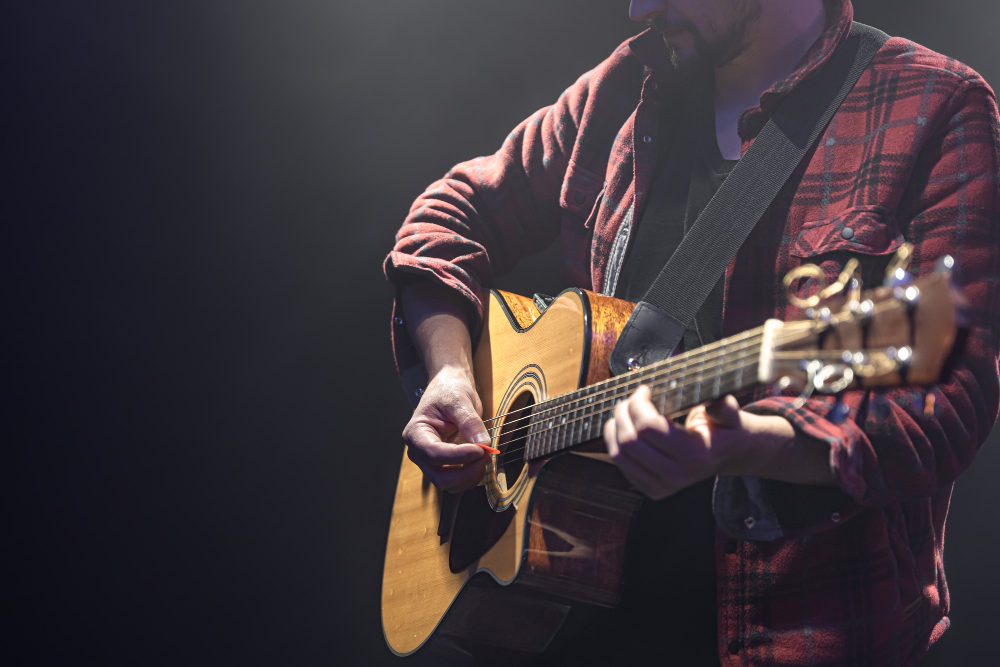


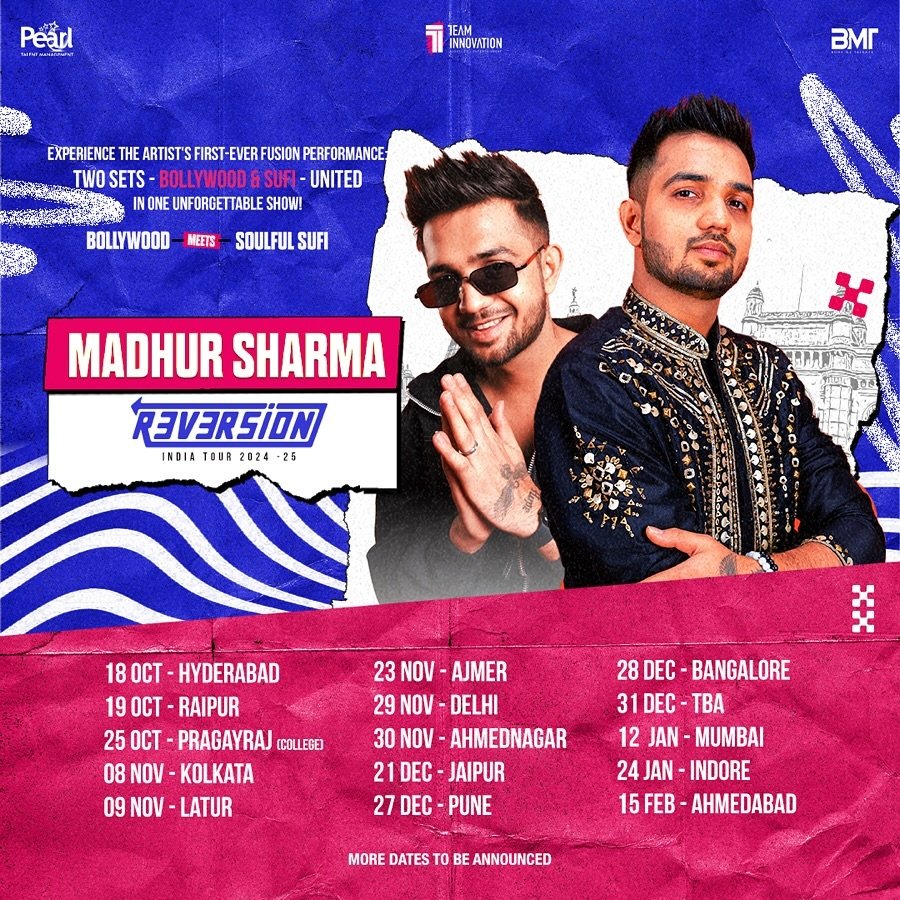
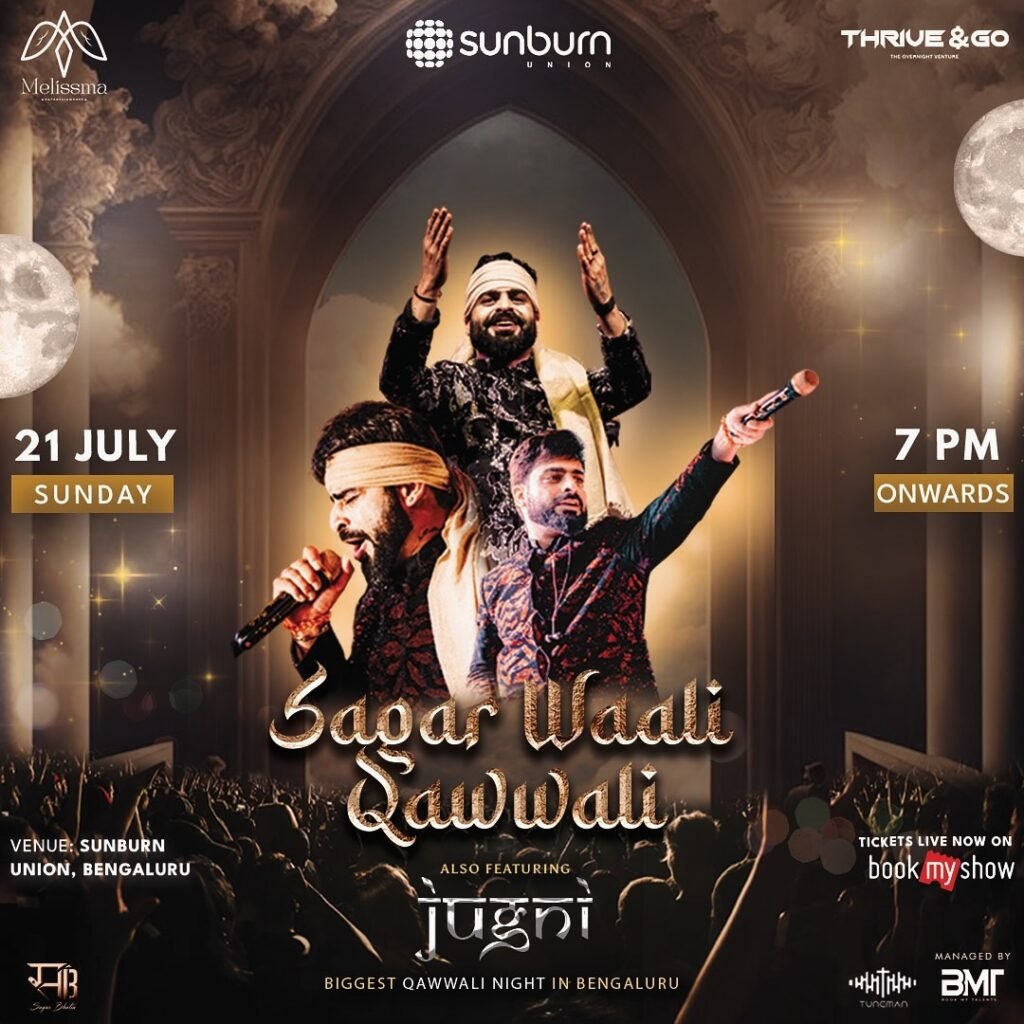
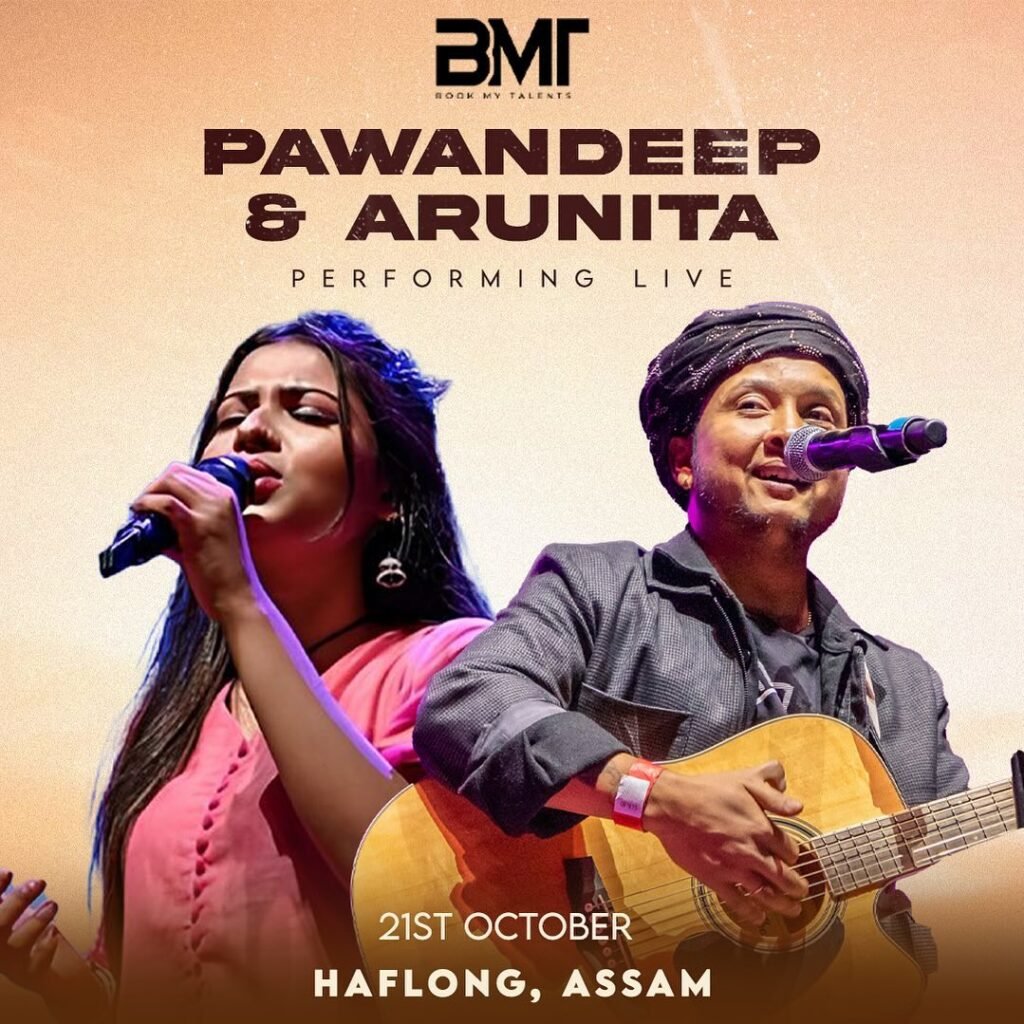
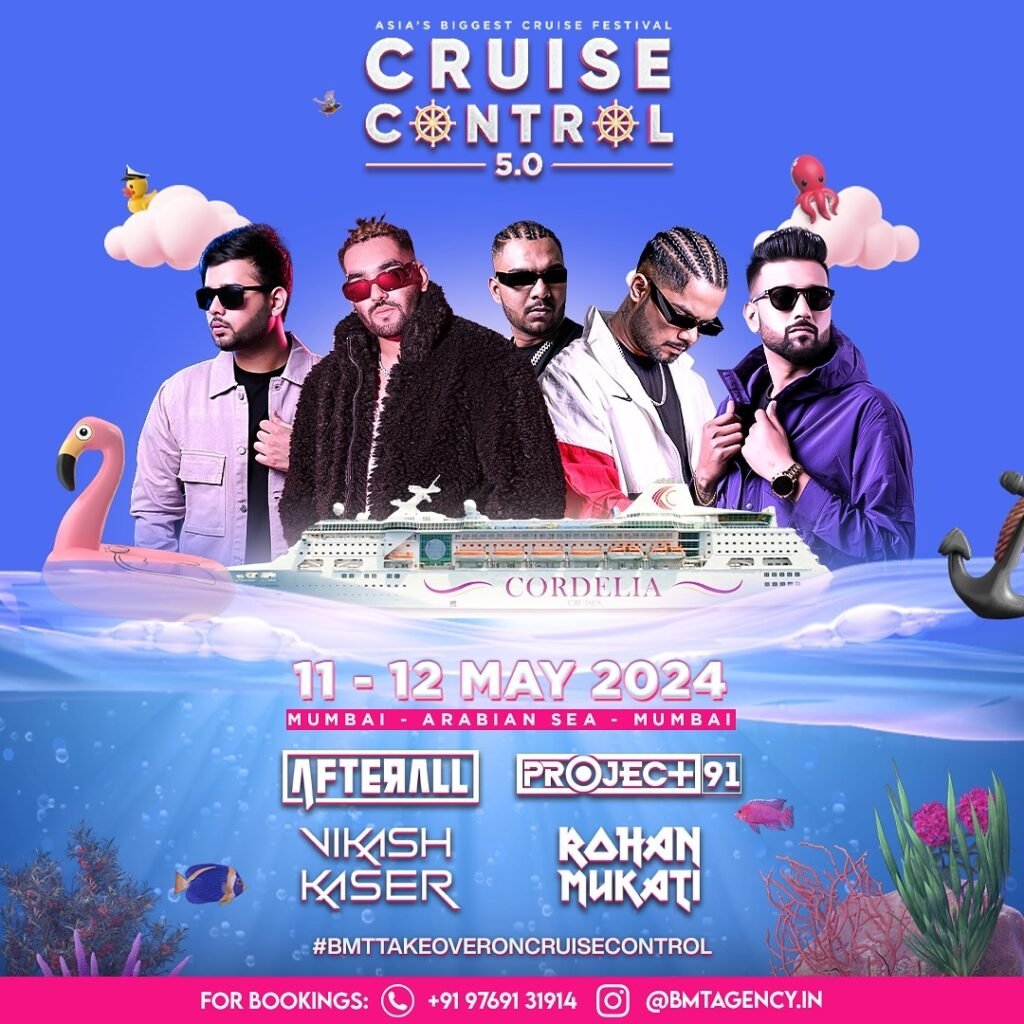
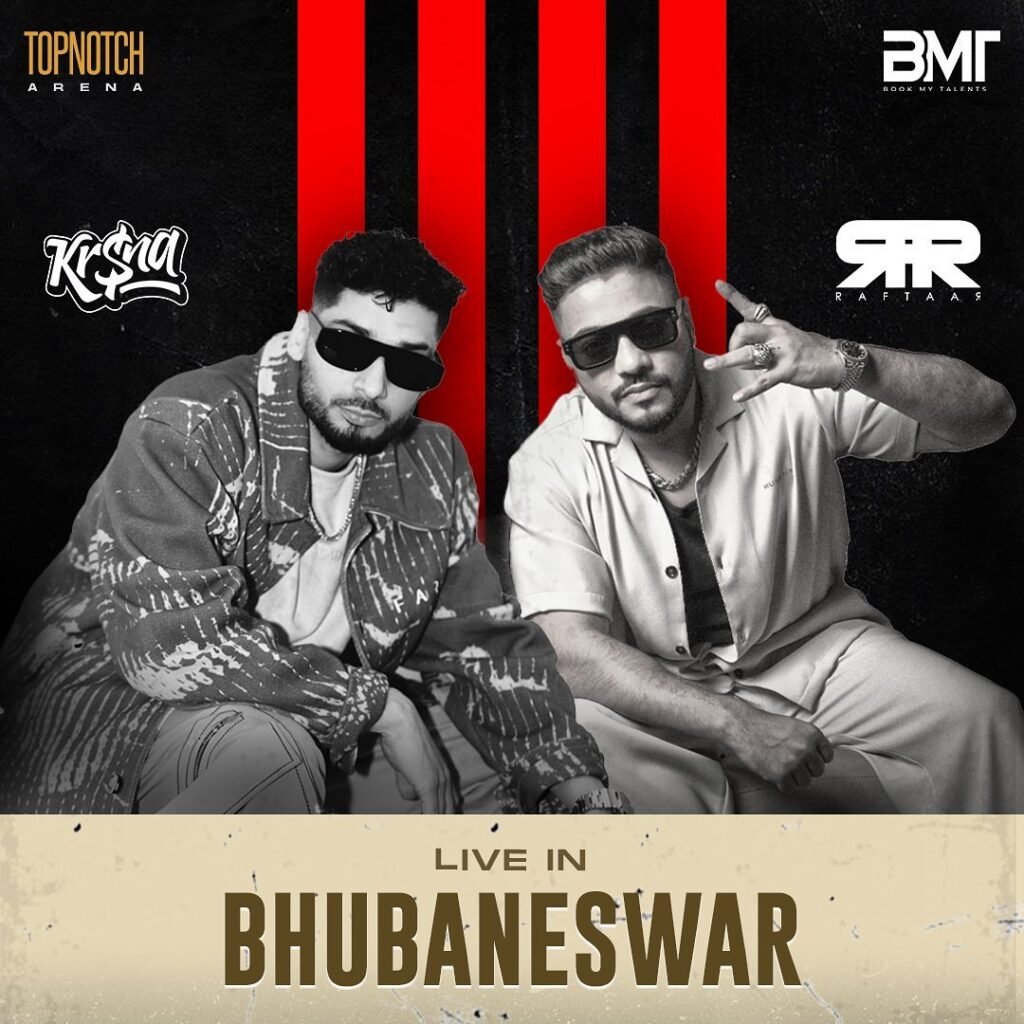
Leave a Reply